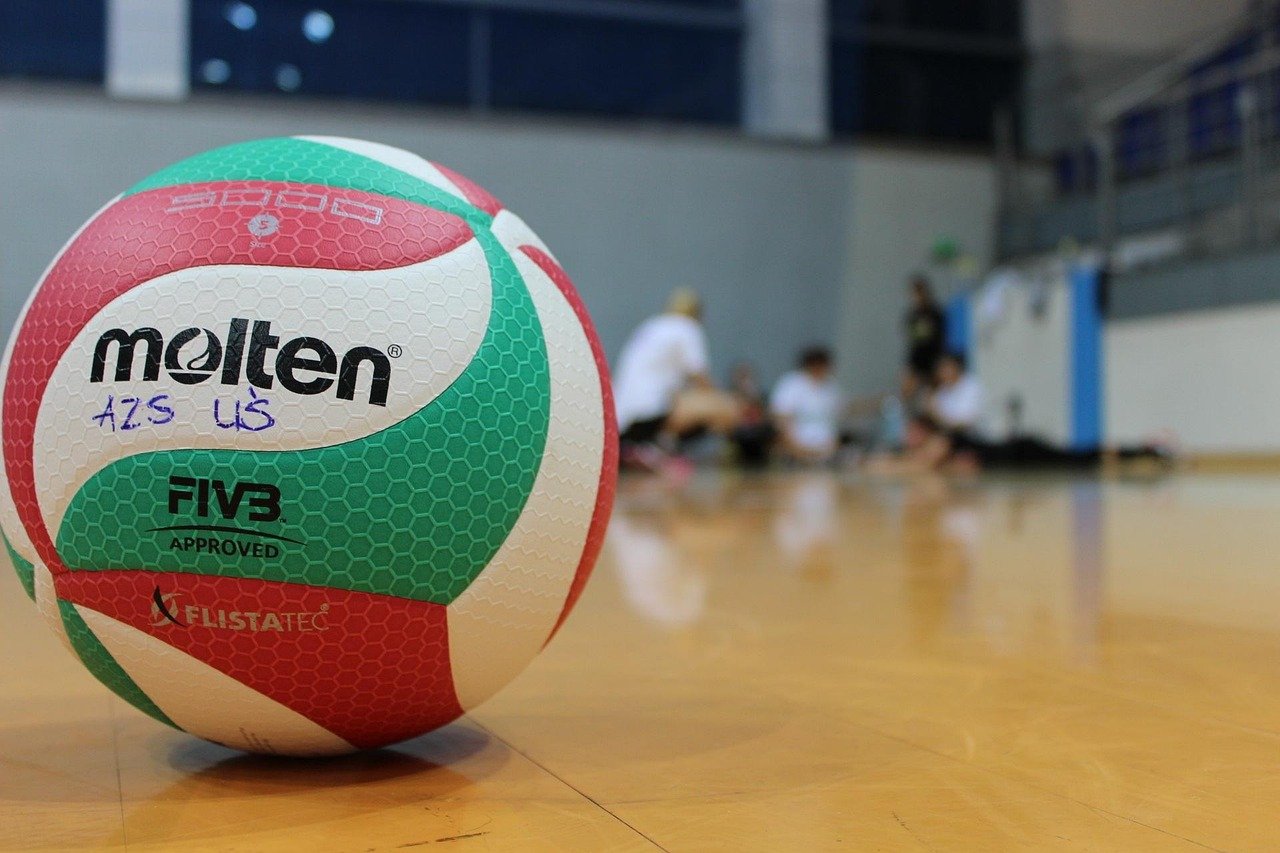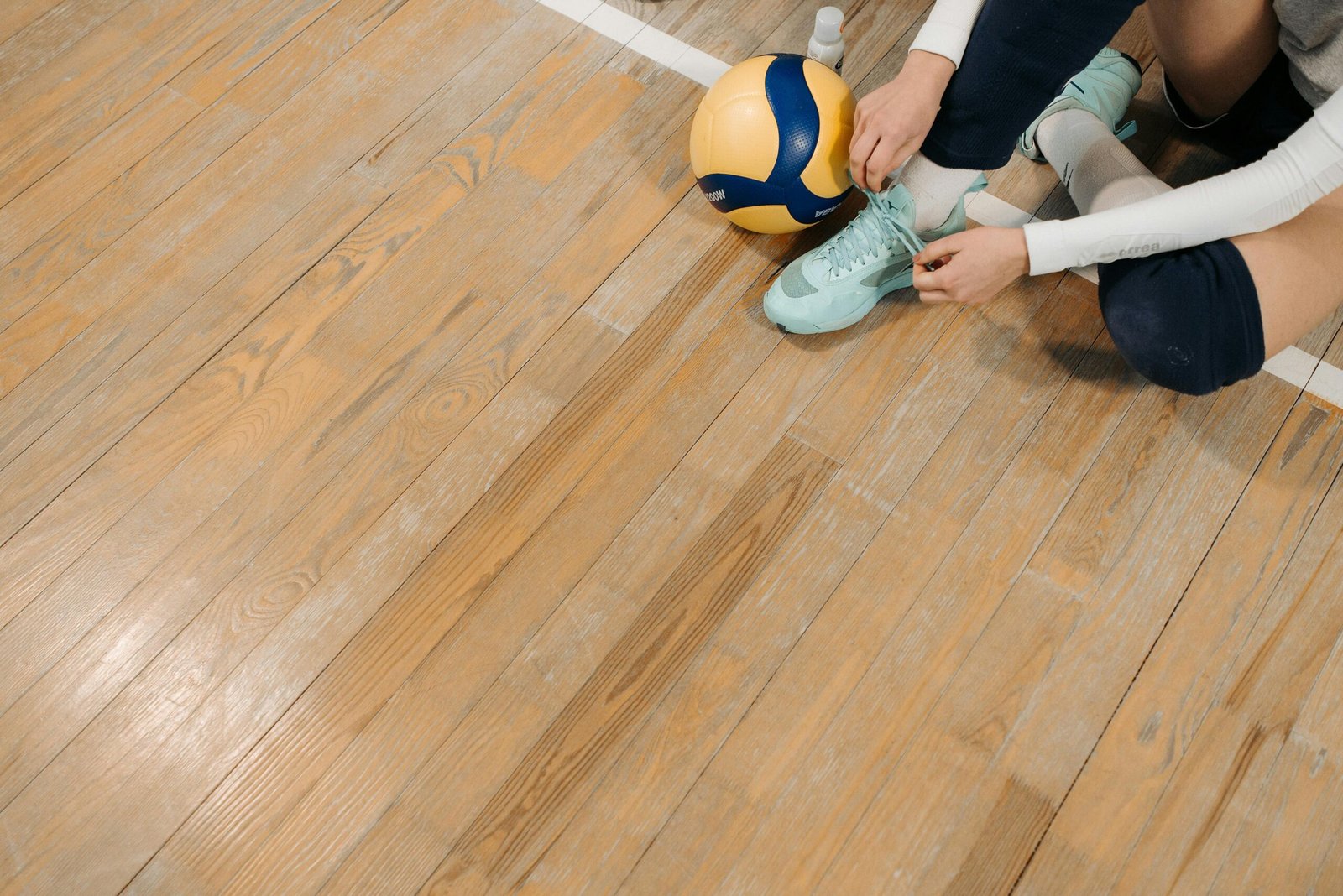Blocking is one of the most critical skills in volleyball, allowing teams to stop opponents’ attacks and turn defence into offence. Effective blocking requires timing, positioning, and an understanding of different blocking types. Whether you are a middle blocker, outside hitter, or coach, knowing when and how to apply the right block can dramatically improve your team’s performance.
This guide covers all the major blocking types, explains their strategies, and provides tips for mastering each one.
Why Blocking is Essential in Volleyball
Blocking serves several key purposes:
- Stopping or Slowing the Attack: A well-timed block can prevent a powerful spike from landing.
- Controlling the Net: Aggressive blocking forces attackers to alter their angles and shot selection.
- Creating Scoring Opportunities: Blocks that redirect the ball back onto the opponent’s court can lead to immediate points.
- Supporting Team Defence: Proper blocking positions can guide your team’s backcourt defenders to anticipate attacks.
Blocking is not just about jumping and reaching over the net—it’s a combination of anticipation, technique, and teamwork.
The Three Main Types of Volleyball Blocks
Volleyball blocks can be categorised into three primary types based on positioning and intent:
1. Single Block
A single block involves one player attempting to stop or deflect the ball at the net.
- Who Uses It: Usually outside hitters or opposite hitters when no middle blocker is available or when rotating in the back row.
- Purpose: Ideal for quick reactions and when the opponent’s attack is predictable.
- Technique Tips:
- Jump straight up with hands above the net.
- Keep eyes on the hitter’s shoulder and arm swing.
- Press hands over the net but avoid touching it.
Single blocks are often used in combination with a strong back-row defence to cover any deflected ball.
2. Double Block
The double block uses two front-row players, typically a middle blocker and an outside hitter, to form a wall against the attacker.
- Who Uses It: Middle blockers, outside hitters, or opposite hitters depending on rotation and strategy.
- Purpose: Increases coverage and reduces the attacking angles for the opponent.
- Technique Tips:
- Coordinate timing between the two blockers.
- Keep hands and arms close together to eliminate gaps.
- Read the hitter’s approach and adjust jump height accordingly.
Double blocks are the most common type of block at competitive levels and are highly effective against powerful spikes.
3. Triple Block
Triple blocking involves all three front-row players at the net, usually in high-level play against the strongest attackers.
- Who Uses It: Typically a middle, outside, and opposite hitter combined.
- Purpose: To completely seal off the net and shut down the opponent’s main attacking options.
- Technique Tips:
- Communicate clearly to avoid overlaps or leaving gaps.
- Anticipate quick sets and fast attacks.
- Transition quickly after the block for offensive opportunities.
Triple blocks are rare due to the difficulty of covering the rest of the court, but they are used strategically in key points or against dominant attackers.
Other Blocking Variations and Techniques
1. Line Block
A line block focuses on stopping an attack directed along the sideline.
- Purpose: Forces the attacker to hit cross-court or adjust their shot.
- Technique: Position hands slightly angled toward the line and watch the hitter’s approach.
2. Cross-Court Block
Targets attacks aimed diagonally across the court.
- Purpose: Covers the most common attacking route for outside hitters.
- Technique: Adjust positioning to cover the hitter’s preferred angle while keeping the block close to the net.
3. Read Block
A read block is based on anticipating the attacker’s intentions rather than reacting to the ball.
- Purpose: Gives blockers a strategic advantage against quick or deceptive attacks.
- Technique: Watch the hitter’s shoulders, arm swing, and set type to decide whether to commit to a line or cross-court block.
4. Swinging Block
A swinging block is dynamic, where blockers adjust mid-air to follow the trajectory of a fast attack.
- Purpose: Useful against quick sets and unexpected attacks.
- Technique: Keep eyes on the ball and maintain strong core stability to shift hand position while airborne.
5. Penetration Block
A penetration block involves extending hands over the net and into the opponent’s space without touching the net.
- Purpose: Maximises the chance of deflecting the ball directly back onto the opponent’s side.
- Technique: Focus on wrist strength and timing. Press the ball slightly over the net instead of swatting.
How Blocking Types Are Applied in Different Positions
- Middle Blockers: Primary responsibility is for double or triple blocks, especially against fast attacks from the opponent’s middle hitter.
- Outside Hitters: Often participate in double blocks or read blocks against strong wing attackers.
- Opposite Hitters: Can assist in line or cross-court blocks depending on rotation.
- Setters and Liberos: While they rarely block, they must read attacks and adjust backcourt positioning accordingly.
Tips to Improve Your Blocking
- Footwork and Approach: Quick, balanced footwork helps position correctly for any block.
- Timing the Jump: Jump with the hitter’s attack rather than before or after.
- Hand Position: Press over the net with fingers spread and wrists firm.
- Communication: Always call who is taking responsibility for the block.
- Practice Drills: Include read-and-react, swinging block, and penetration block exercises in training.
Common Blocking Mistakes
- Jumping too early or too late.
- Leaving gaps between blockers.
- Overreaching into the net, resulting in a fault.
- Poor hand positioning, causing deflected balls to go out.
- Lack of coordination with back-row defenders.
Avoiding these mistakes improves both individual performance and overall team defence.
Drills to Master Blocking
- Mirror Drill: Practice double or triple block timing with a partner mimicking attacker movements.
- Shadow Blocking: Focus on footwork and hand positioning without a ball.
- Live Attack Drill: Have hitters spike while blockers react, reinforcing timing and anticipation.
- Penetration Drill: Work on extending hands over the net to direct ball back onto opponent’s court.
Conclusion
Understanding the different blocking types in volleyball is essential for players and coaches aiming to strengthen net play. Single, double, and triple blocks, along with line, cross-court, read, swinging, and penetration blocks, all provide strategic advantages. Mastering the techniques, timing, and coordination of each block type can turn defence into offence, helping teams win more points and matches.



